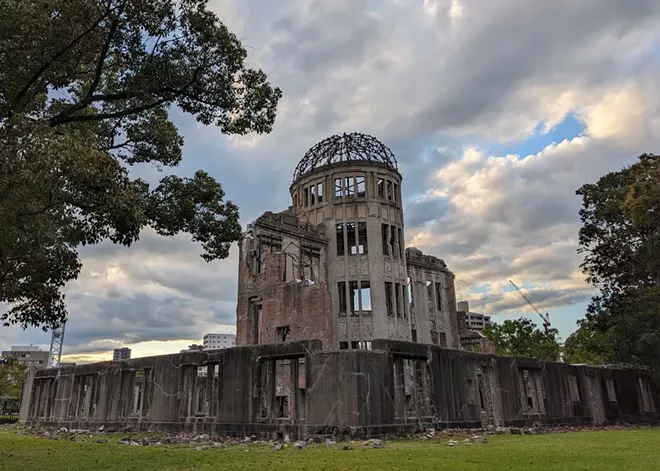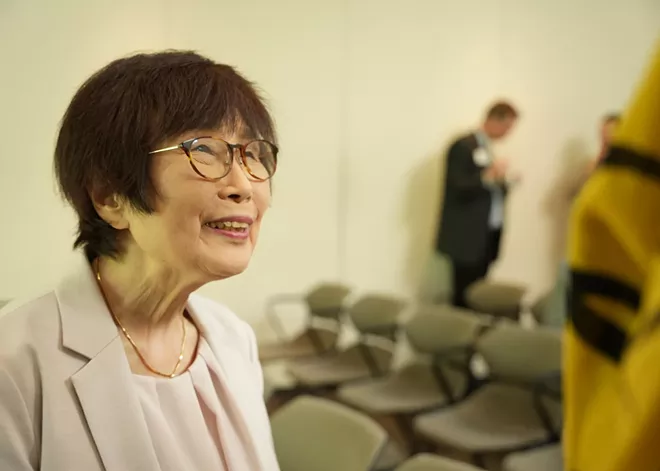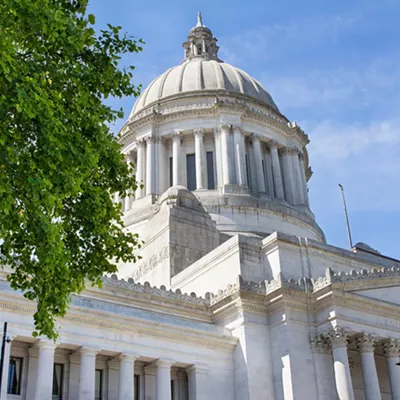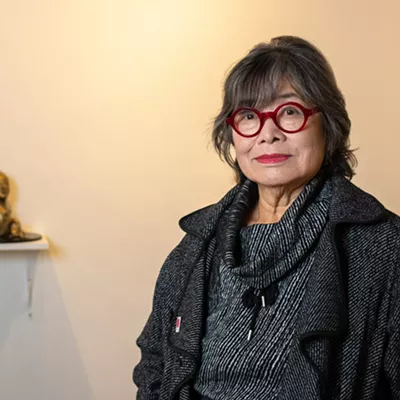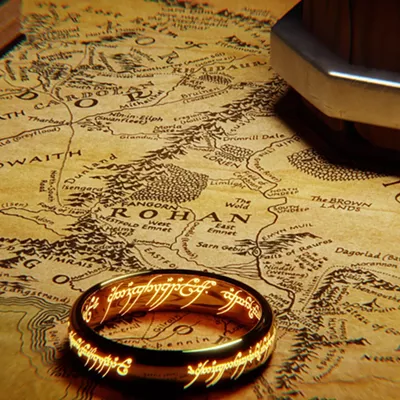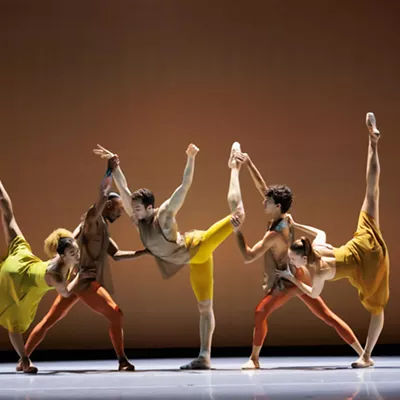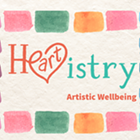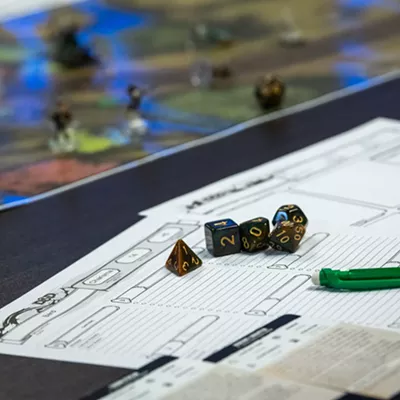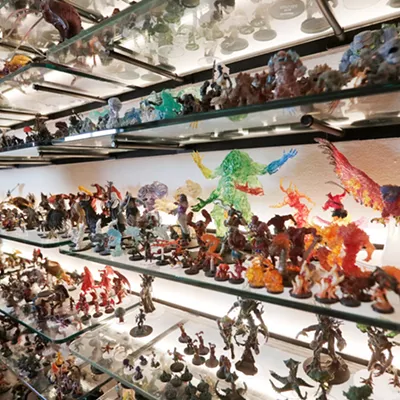Last May, Keiko Ogura was greeting some of the world's most powerful political leaders visiting her home city of Hiroshima, Japan, for the G7 Summit.
One year later, the 86-year-old atomic bomb survivor was crossing a stage in Moscow, Idaho, while donning a billowing silver robe to receive an honorary doctorate in humane letters from the University of Idaho.
This recent visit marks the second time Ogura has made the long journey across the Pacific to the Palouse's rolling green hills. In 2022, she was the keynote speaker for the university's "Remembering Hiroshima" symposium, and since then she's continued to partner with students and faculty of its Habib Institute for Asian Studies.
For one of those projects, she tasked Japanese language students with translating a children's story recounting her experiences when the United States dropped an atomic bomb on Hiroshima on Aug. 6, 1945, in what would be the final days of World War II. Ogura, who had turned 8 just days before, and her family lived 1.5 miles from the bomb's hypocenter and miraculously all survived. Her father decided to keep her home from school that morning, nervous about the many air raid sirens that had gone off in recent days.
Severely burned and injured victims fleeing the destruction died at Ogura's feet, begging for water, and her father spent weeks cremating the dead at a nearby park. As many as 140,000 people in Hiroshima alone died from that single bomb by the year's end. And as many as 80,000 more people died from a second atomic bomb dropped on Nagasaki on Aug. 9, 1945.
Even though she lived through such horrors, Ogura says she didn't feel hatred toward America.
"I was just a child, but when the war ended I was so happy anyway," she says. "So many people first had anger, but soon we realized that before we thought of revenge, we had to survive tomorrow."
As with many other bomb survivors — known as hibakusha in Japanese — for most of the first half of her life Ogura didn't openly talk about the horrific events of that day and the weeks and months to follow. Beyond the survivor's guilt and trauma of such memories, she says there were numerous stigma against survivors, such as that women exposed to the bomb's radiation could not bear healthy children.
In the 1980s, however, after the sudden death of her husband, Kaoru Ogura, then director of Hiroshima's Peace Memorial Museum, Ogura realized the power in her stories — not as just a victim of the bombing, but as a plea for peace to future generations.
"After my husband died, a friend of ours, a German writer, visited," Ogura recalls. "I could not speak English quite well, but he said, 'You know Hiroshima quite well' — all my life I've lived here — and this sorrow and agony, it will help to think about the other persons [impacted by the bomb]. He was the first person I started [working for] as an interpreter."
Ogura has devoted the past four-plus decades of her life to raising awareness around the world of the atrocities of nuclear war, learning English and founding the nonprofit Hiroshima Interpreters for Peace to share survivors' stories with a global audience. She's published multiple guidebooks for visitors to the Hiroshima Peace Memorial Park, and received numerous accolades for her advocacy, an honorary doctorate from the University of Idaho now among them.
Last summer, several of the University of Idaho students who translated Ogura's memories of the bombing were able to travel to Hiroshima to present the story during the city's annual remembrance events. Originally written and illustrated by Japanese high school student Rio Yokoyama, the work was translated by 13 students in University of Idaho Japanese instructor Azusa Tojo's class.
"She came to the U of I to read the story to my class in English, and then at the end she told us, 'I want you to try to deliver my story to the younger generation,' and we decided to translate the story in English as part of a class project," Tojo says. "It took us a whole year."
The story is presented as a traditional Japanese kamishibai, for which illustrated panels are shown to audiences while text on the back is read aloud.
As the number of living hibakusha grows smaller each year, Ogura feels even more urgency to share her story.
"The Idaho university students who visited Hiroshima, they really understand what they should do — educate other Americans through their experience and spread the word to other places," she says.
Selecting Ogura to receive this year's honorary doctorate was a clear choice, says Sean Quinlan, dean of the University of Idaho's College of Letters, Arts and Social Sciences.
"She has a public voice, and she has really been able to tell the story of the bombing and to advocate for peace and have people reflect on that story in an almost unprecedented way," Quinlan says. "I think her impact of being able to impart historical awareness and reflection is really awe-inspiring and very humbling. And in addition to all those accomplishments, we were incredibly grateful that she came here to the university and took such an interest in our students. She spent just an enormous amount of time mentoring and working with our students, which changed their lives."
Thanks to the University of Idaho students' efforts to bring Ogura's story to English-speaking audiences, high school students in Italy are now hoping to translate the kamishibai to Italian.
"One reason I came here is I met an American child who was 6 years old," Ogura says. "She did not know America dropped the bomb. So I thought the most important thing is to let them know what happened. But the historical stories, to understand them, it's very difficult for children. So I asked the [college] students to translate and tell through them what nuclear weapons mean — not only [to] American children," but young people around the world. ♦
See NHK World Japan's documentary on Keiko Ogura, I'm Still Here: An A-Bomb Victim Speaks, at www3.nhk.or.jp/nhkworld/en/shows/5001378

